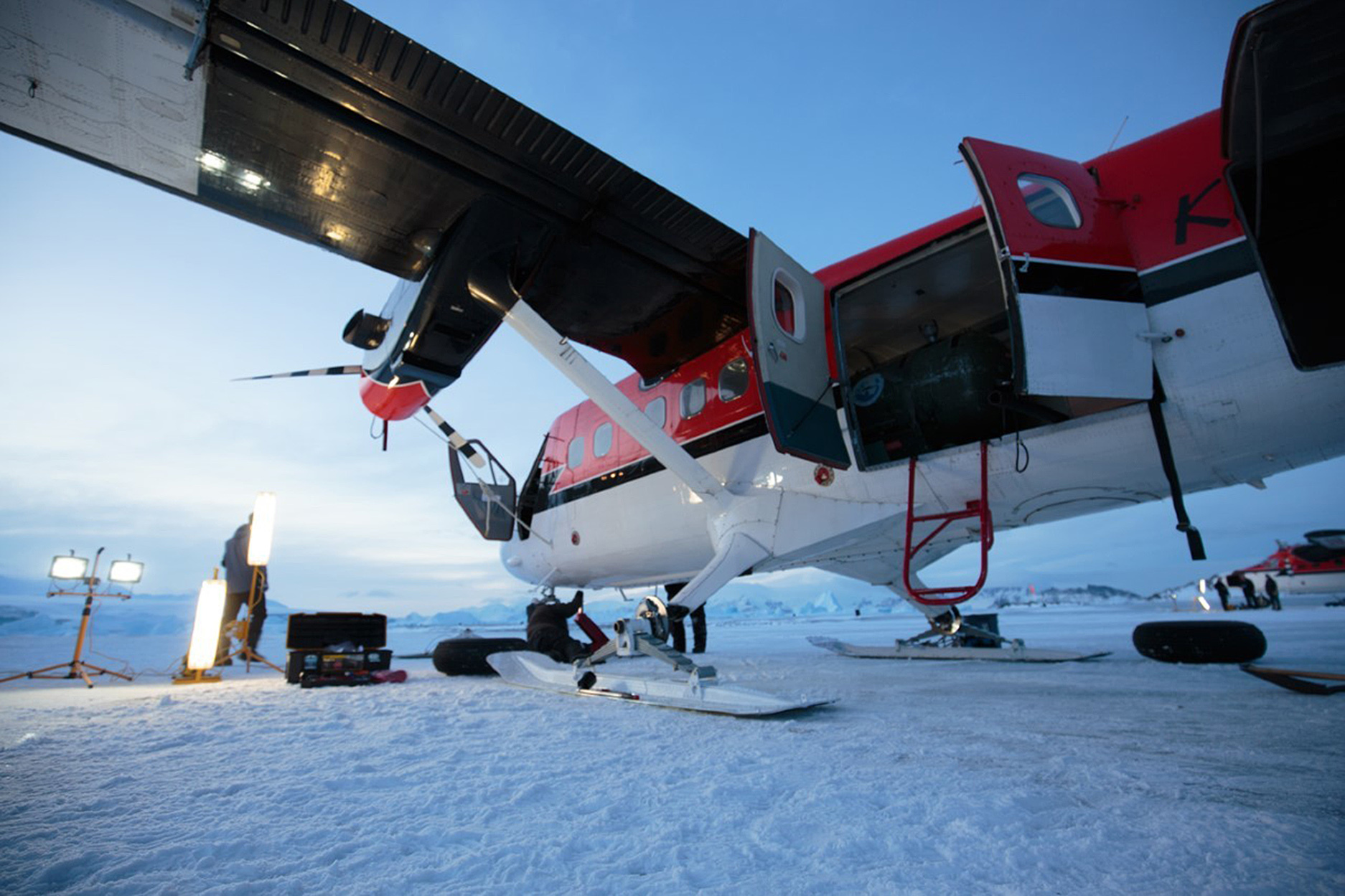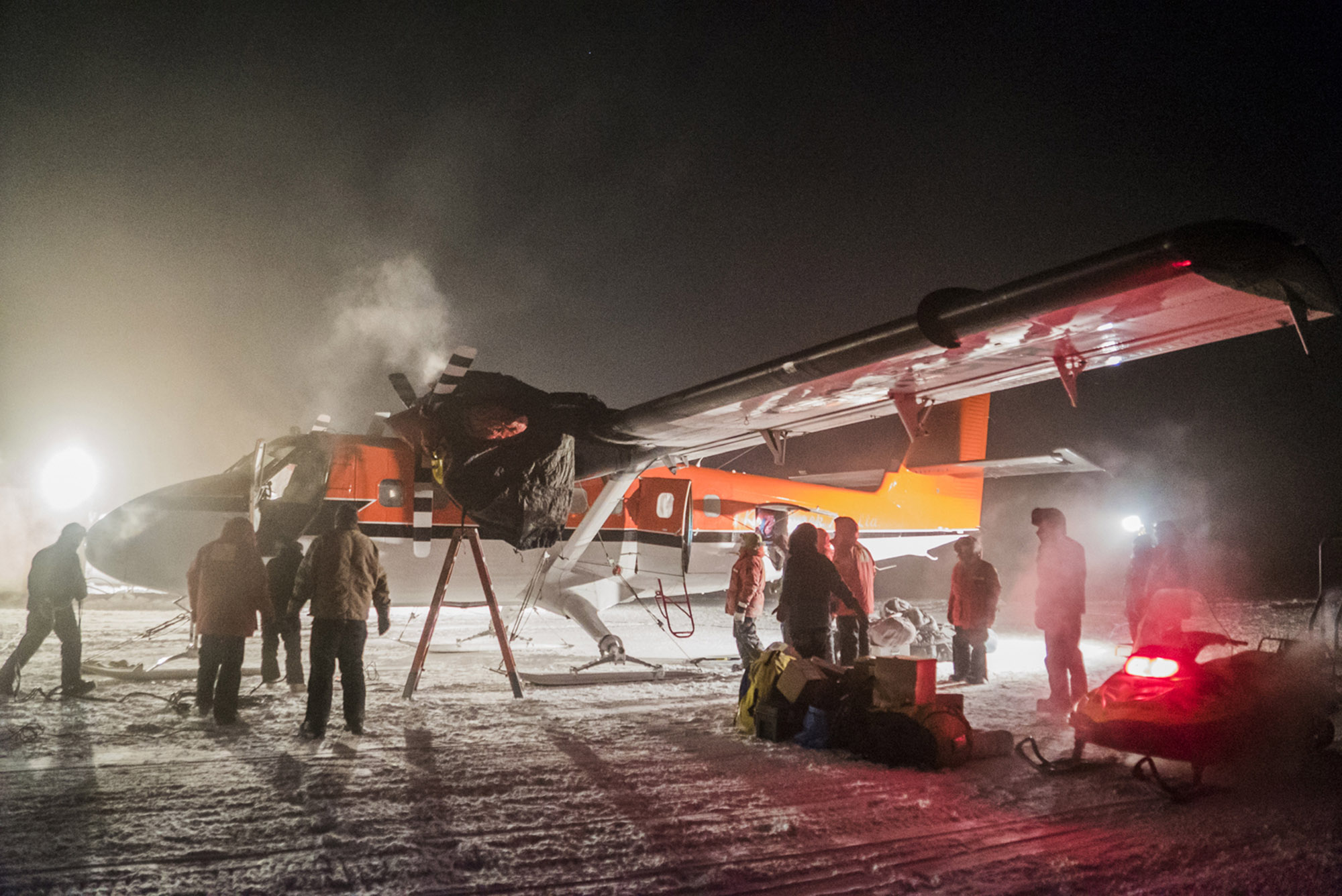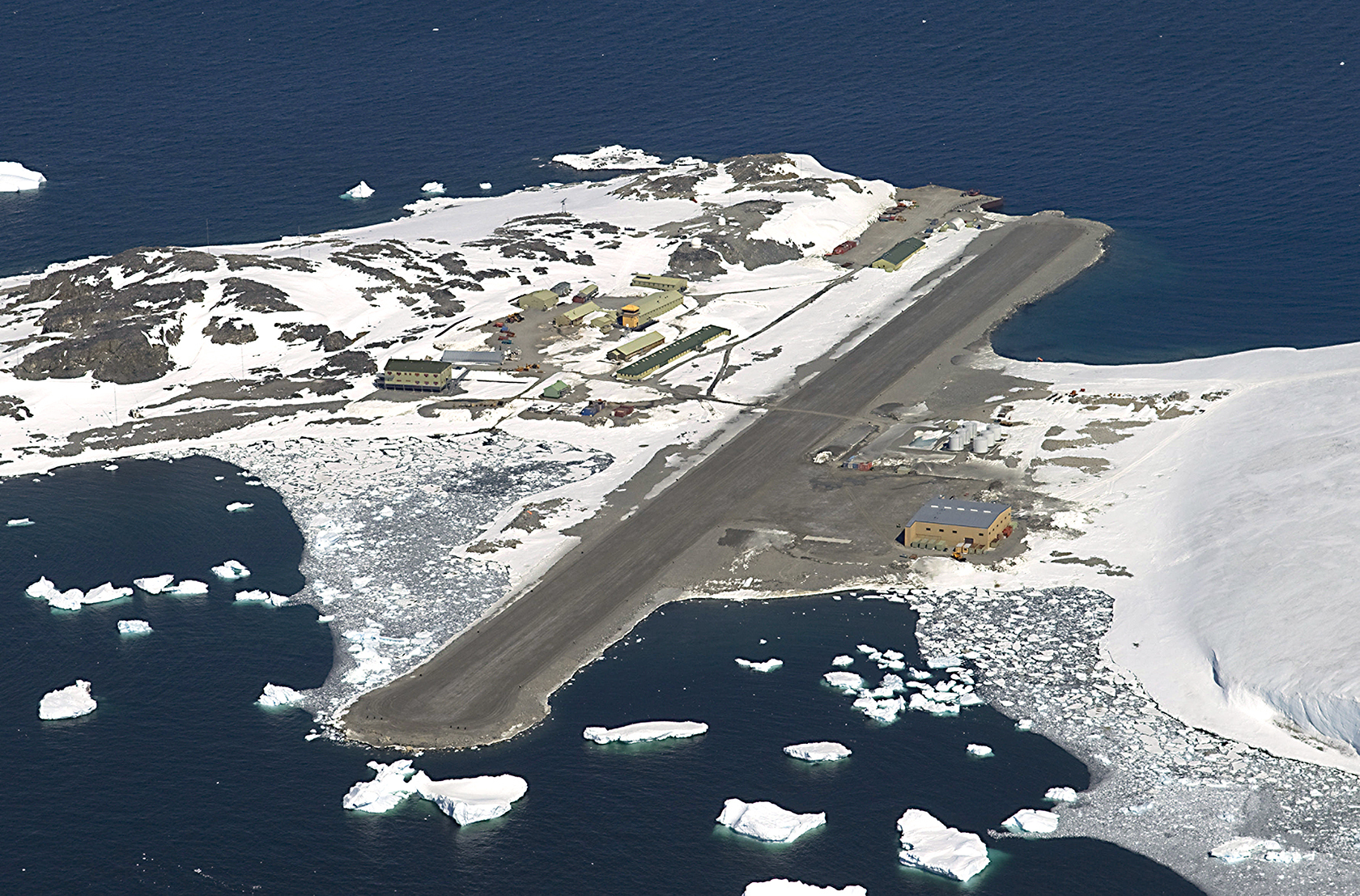Rescuers Celebrate Successful South Pole Medical Evacuation
The mission was dependent on potentially dangerous weather.
— -- Rescuers are celebrating the success of a daring medical evacuation to rescue two ailing crew members in the South Pole in the middle of winter.
The two patients were "happy and alert" despite the harrowing ordeal to get them out of the bitter cold, according to one of the rescuers.
The mission began on June 17, when the National Science Foundation announced that it launched an evacuation for one of the 48 crew members living and working at its Amundsen-Scott South Pole Research Station in Antarctica. (Ultimately, two crew members ended up being evacuated.)
That day, rescuers in Calgary, Canada, kicked off the mission with two Twin Otter aircraft operated by Kenn Borek Air, a Canadian firm contracted to provide logistical support for the Antarctic program. The use of the Twin Otter aircraft was crucial for the rescuers to handle Antarctica's winter conditions because the design allows them to "operate in extremely low temperatures and able to land on skis," the NSF said.
"These are remarkable aircraft," said John Harmer, the president of Kenn Borek Air. "We're all here to celebrate an amazing mission."

The two planes flew from Canada through South America — with stops in Denver and McAllen, Texas — and landed on June 21 at Rothera, a British Antarctic research station nearly 1,500 miles from Amundsen-Scott.
One plane went on to the South Pole station, while the other remained at Rothera to provide search and rescue capability if needed. The rescue mission was highly dependent on the weather and was potentially dangerous, NSF officials said in June, when the average temperature at the South Pole is –76 degrees Fahrenheit (–60 degrees Celsius).

In addition to the cold, nighttime lasts for several months at the South Pole, officials said. There is no runway at Amundsen-Scott Station, so the aircraft had to land in complete darkness on compacted snow.
"All we had was the moonlight, kind of reflected in the snow," said Sebastien Trudel, of the the rescuers. "The darkness makes the work all the [harder]."
For the rescuers, the biggest risk the weather posed was icing, they said.
Before leaving Rothera for the South Pole, they calculated that they had about 48 hours to complete the mission, but weather began to deteriorate the morning they were supposed to depart. Everything initially went as planned, but the crews were delayed in Rothera after the patients arrived because of a blizzard.
The patients went to the infirmary at Rothera for an hour and a half after arriving, rescuers said. They were not on stretchers but upright in seats when the aircraft were due to leave.
"They seemed to be happy and alert," said James Haffey, another rescuer.

On Thursday both aircraft returned to Calgary. The plane that went to the Amundsen-Scott station flew a total of 21,054 nautical miles, Harmer said. During the mission, rescuers kept in touch with their families by email, they said.
When asked if they would go on a similar mission again, all six rescuers raised their hands.
Kenn Borek flew two medevac missions to the South Pole in 2001 and 2003, but this mission was completed at a more difficult time of year, Harmer said.
The NSF did not release the ailing crew members' information or the nature of their medical ailments for privacy reasons.